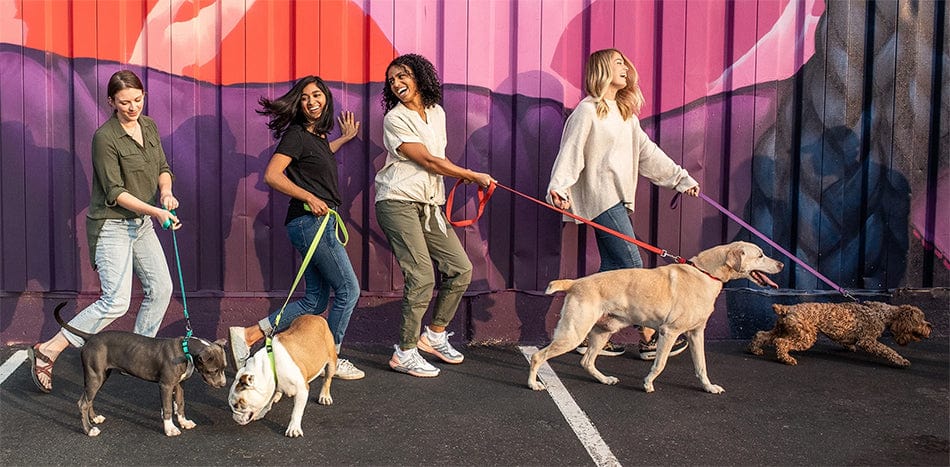Your cart is empty. Let's fix that!


Cats are known for their quirky behavior; kneading their owners, eating their own vomit, and sometimes sitting or stepping on their own tails. Despite their idiosyncrasies, we still love them! Understanding our cat’s behavior helps us to understand how they are feeling.
We can tell a lot about our cat’s mood by their purring, body language, and how they move their tails. Check out the cat tail position meanings below!
High Tail. When a cat’s tail is positioned up in the air, it means they are confident and content. This is similar to humans walking with their shoulders pushed back in good posture.
Low Tail. When shorty gets low, low, low (with their tail), they mean business and could become aggressive. However, certain breeds (like Persians) carry their tails low most of the time, so this doesn’t signify anything in particular for them.
Curved Tail. A curved tail signals playfulness; take some time for some fun and games with your kitty! After some playtime, make sure they are given a top quality meal to refuel.
Puffed Up Tail. If your cat’s tail resembles a pipe cleaner, it means they are very agitated and are trying to make themselves appear larger to scare off any potential danger.
Tucked Tail. Fear or nerves are the cause of a tucked tail, which is also a sign of submission. If your cat's tail is tucked tighter than a pair of Spanx, it’s best to try to reassure them and make them feel more comfortable.
Whipping Tail. If your cat whips their tail back and forth more than Willow Smith’s hair, it means they are scared or in an aggressive mindset. It’s best to keep your distance.
Swishing Tail. A swishing tail resembling windshield wipers usually proceeds your cat pouncing on something, and is caused by concentration. It’s the kitty-quivalent to humans chewing the end of a pen or biting their lip.
Chances are, you’ve seen your cat sit or step on its tail, and there are a few reasons why they do this:
If it’s not cold out, you should read their closed body language as a sign to stay away and let them come to you.